Political Law at United States
The United States has a complex and multi-layered political system that operates under the framework of constitutional law, which defines the structure of the government and the relationships between different branches of government, states, and individuals. The U.S. Constitution, which was adopted in 1787 and amended multiple times, is the supreme law of the land and outlines the rights and responsibilities of the government and citizens. Here is an overview of the political law system in the United States:
1. The Constitution:
The Constitution of the United States is the foundational legal document. It divides the government into three branches and establishes a system of checks and balances designed to prevent any one branch from becoming too powerful. The Constitution is the highest authority in U.S. law, and all laws and government actions must comply with it.
Preamble: The preamble sets forth the purposes of the Constitution, including ensuring justice, providing for the common defense, promoting general welfare, and securing the blessings of liberty.
Amendments: The Constitution has been amended 27 times to address issues like civil rights, voting rights, and presidential succession. The Bill of Rights (the first 10 amendments) guarantees individual freedoms such as freedom of speech, religion, and assembly.
2. The Federal System:
The United States operates under a federal system of government, meaning that authority is shared between the national (federal) government and state governments. The powers of the federal government are enumerated in the Constitution, and those powers not specifically granted to the federal government are reserved for the states or the people (as per the 10th Amendment).
Federal Government: The federal government has authority over national issues, such as defense, foreign policy, and interstate commerce. The federal government is also responsible for enforcing federal laws.
State Governments: States have the power to govern within their territories and create laws that affect state residents in areas like education, criminal law, family law, and health care. Each state has its own constitution, government structure, and laws.
Local Governments: Below the state level, local governments (e.g., city or county governments) have authority over issues affecting their specific regions, such as zoning laws, law enforcement, and public services.
3. The Three Branches of Government:
The U.S. government is divided into three branches to maintain a system of checks and balances:
a. Legislative Branch (Congress):
Congress is the national legislature, responsible for making laws. It consists of two chambers:
The Senate: The upper house of Congress, with 100 members, two from each state, serving six-year terms. Senators have the power to confirm presidential appointments and ratify treaties.
The House of Representatives: The lower house of Congress, with 435 members, apportioned according to state population. Representatives serve two-year terms and are responsible for initiating revenue-related bills and representing the interests of their districts.
Congress passes laws, approves the federal budget, and holds hearings to oversee the executive branch.
b. Executive Branch (President):
The President is the head of state, head of government, and commander-in-chief of the military. The President is elected every four years by the Electoral College, with the possibility of serving a maximum of two terms.
The Vice President is the second-in-command and serves as President of the Senate, casting tie-breaking votes.
The President has the authority to enforce federal laws, appoint members of the executive branch (including the Cabinet), negotiate treaties (subject to Senate ratification), and issue executive orders.
The Cabinet consists of the heads of executive departments, such as Defense, Education, and Justice, who advise the President and manage their respective departments.
c. Judicial Branch (Courts):
The Judiciary interprets laws, resolves disputes, and ensures laws align with the Constitution. The Supreme Court is the highest court in the land, with nine justices who serve lifetime appointments.
The Supreme Court has the power of judicial review, meaning it can invalidate laws or executive actions that it finds unconstitutional.
Below the Supreme Court, there are lower federal courts, including the Courts of Appeals and District Courts. These courts handle cases involving federal law or disputes between residents of different states.
4. Separation of Powers and Checks and Balances:
The U.S. Constitution establishes a separation of powers, meaning that the legislative, executive, and judicial branches have distinct powers and responsibilities. However, the system also incorporates checks and balances, allowing each branch to limit the powers of the others. For example:
The President can veto laws passed by Congress.
Congress can override a presidential veto with a two-thirds majority.
The judiciary can declare laws unconstitutional (judicial review).
The Senate confirms presidential appointments to the executive and judicial branches.
5. Civil Rights and Liberties:
The U.S. Constitution guarantees fundamental rights and liberties to individuals, most notably through the Bill of Rights. These rights include:
Freedom of speech, press, assembly, and religion (1st Amendment).
Right to bear arms (2nd Amendment).
Protection against unreasonable searches and seizures (4th Amendment).
Rights of the accused (5th and 6th Amendments), including the right to a fair trial, the right to remain silent, and protection against double jeopardy and self-incrimination.
Due process of law and equal protection under the law (14th Amendment).
Civil rights laws have expanded these protections to prevent discrimination based on race, gender, disability, and other characteristics.
6. Political Parties and Elections:
The U.S. has a two-party system, dominated by the Democratic Party and the Republican Party. Political parties play a crucial role in organizing elections and shaping public policy.
Presidential Elections: Presidential elections are held every four years. The President is elected through the Electoral College, a system in which each state has a certain number of electors based on population. Citizens vote for electors, and the candidate who wins the majority of electors becomes President.
Congressional Elections: Members of the House of Representatives are elected every two years, and Senators are elected every six years. These elections occur on the same day as the presidential election, but the two chambers are elected separately.
7. Federalism and States' Rights:
Federalism is a key feature of the U.S. political system. It ensures that power is shared between the national government and state governments. While the federal government has certain enumerated powers, many powers are reserved to the states under the 10th Amendment. This has led to debates over issues like education, healthcare, and criminal law, as states have the authority to establish laws and policies in many areas.
8. Political Law and Constitutional Interpretation:
The interpretation of the Constitution has been the subject of ongoing debate, particularly concerning issues like:
Constitutional originalism (interpreting the Constitution based on its original meaning at the time it was written).
Living Constitution (interpreting the Constitution in light of contemporary values and circumstances).
Judicial activism vs. judicial restraint, reflecting differing views on the role of courts in shaping policy.
Conclusion:
The political law system in the United States is rooted in its Constitution, which provides a framework for democratic governance, protects individual rights, and divides power among the executive, legislative, and judicial branches. The system of checks and balances ensures that no one branch becomes too powerful, while the federal system allows for state autonomy. This system has evolved over time and continues to shape the legal and political landscape of the country.


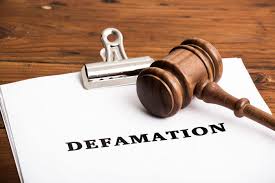



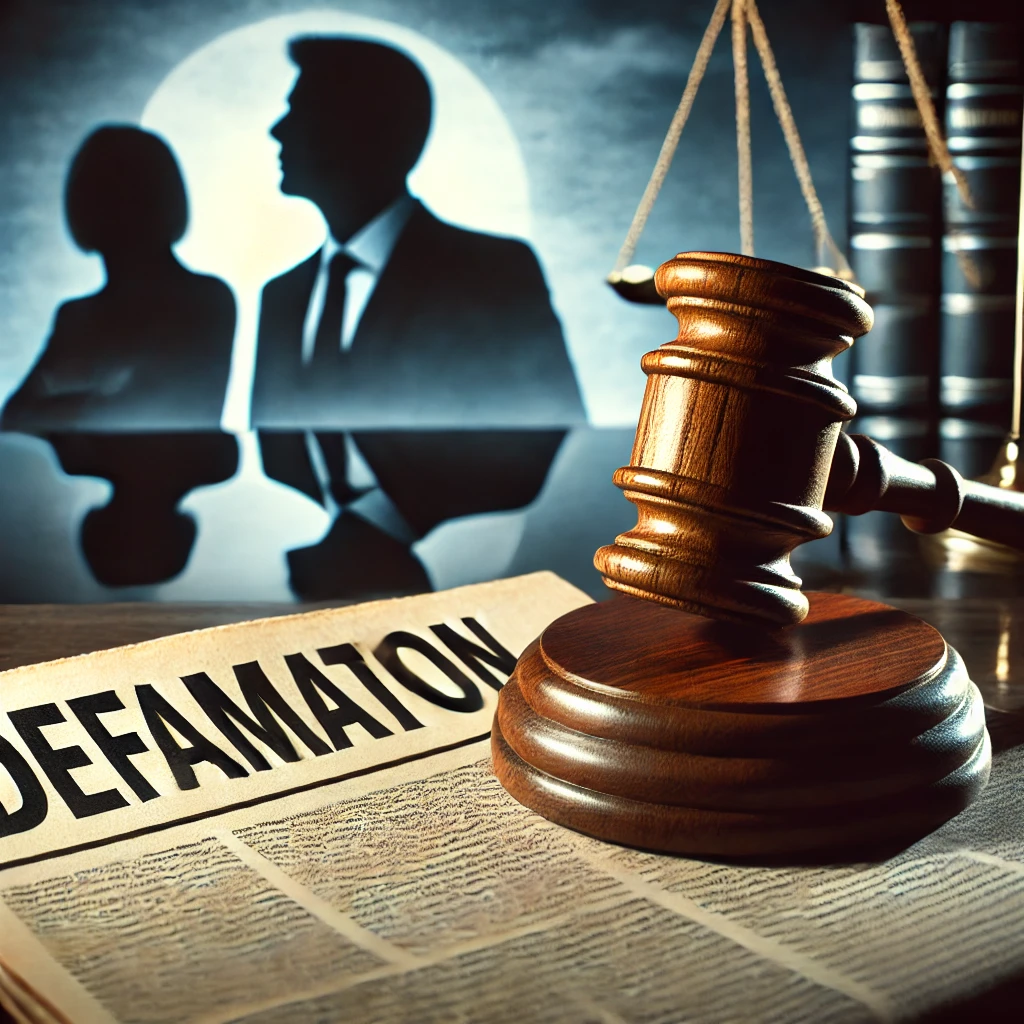
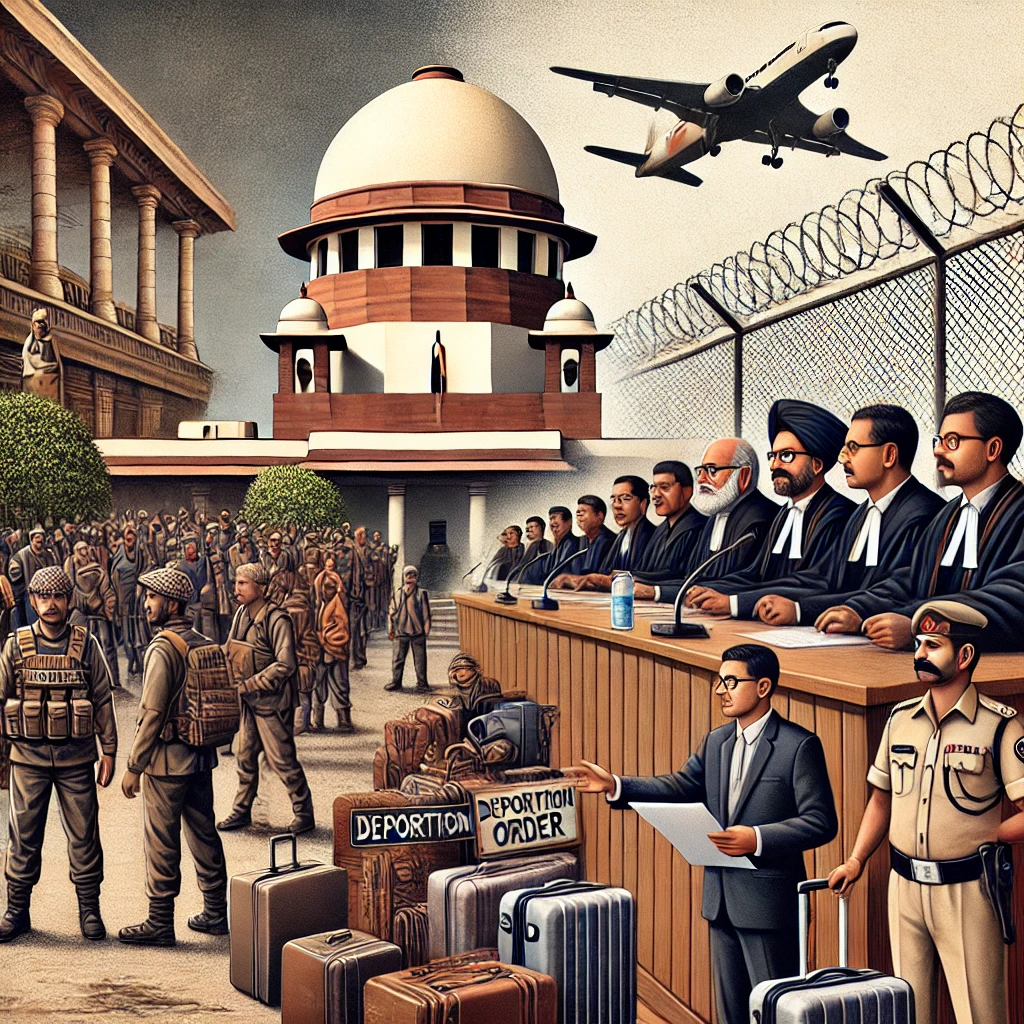

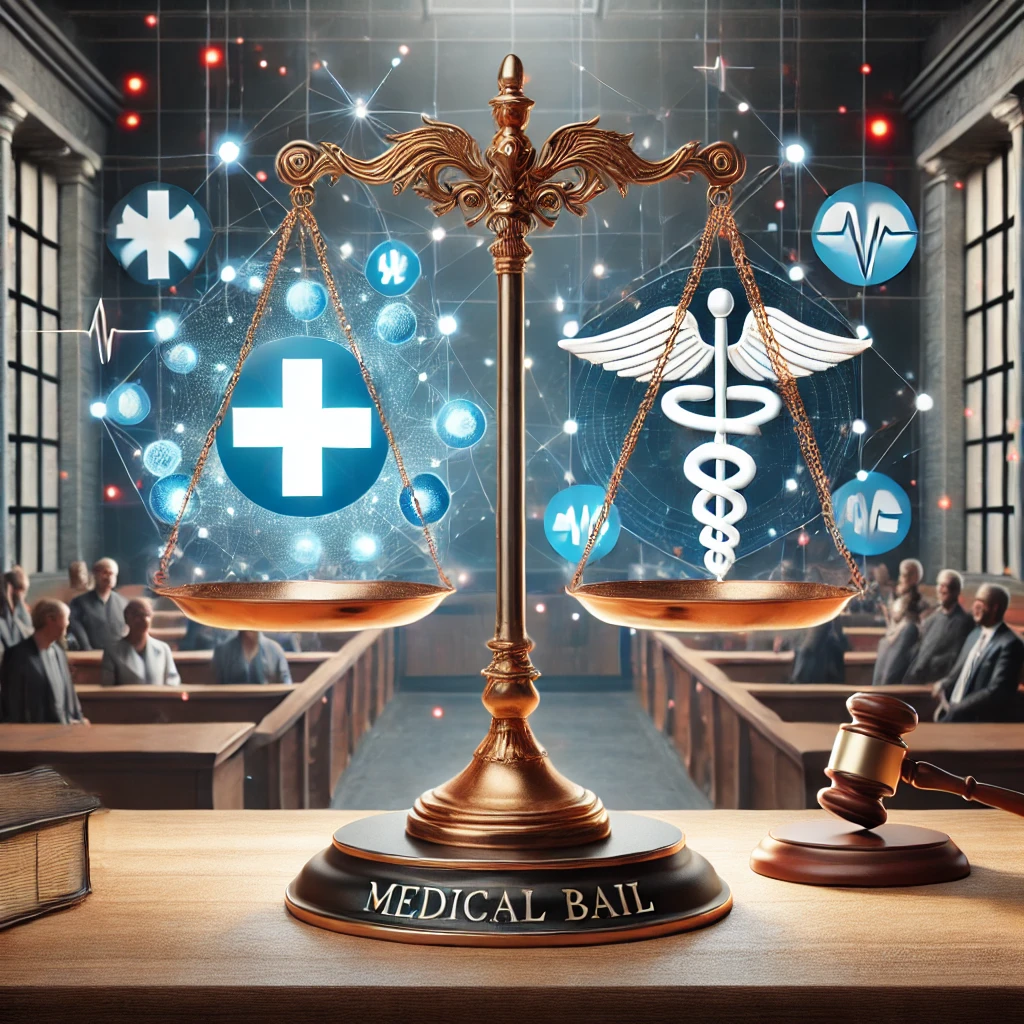







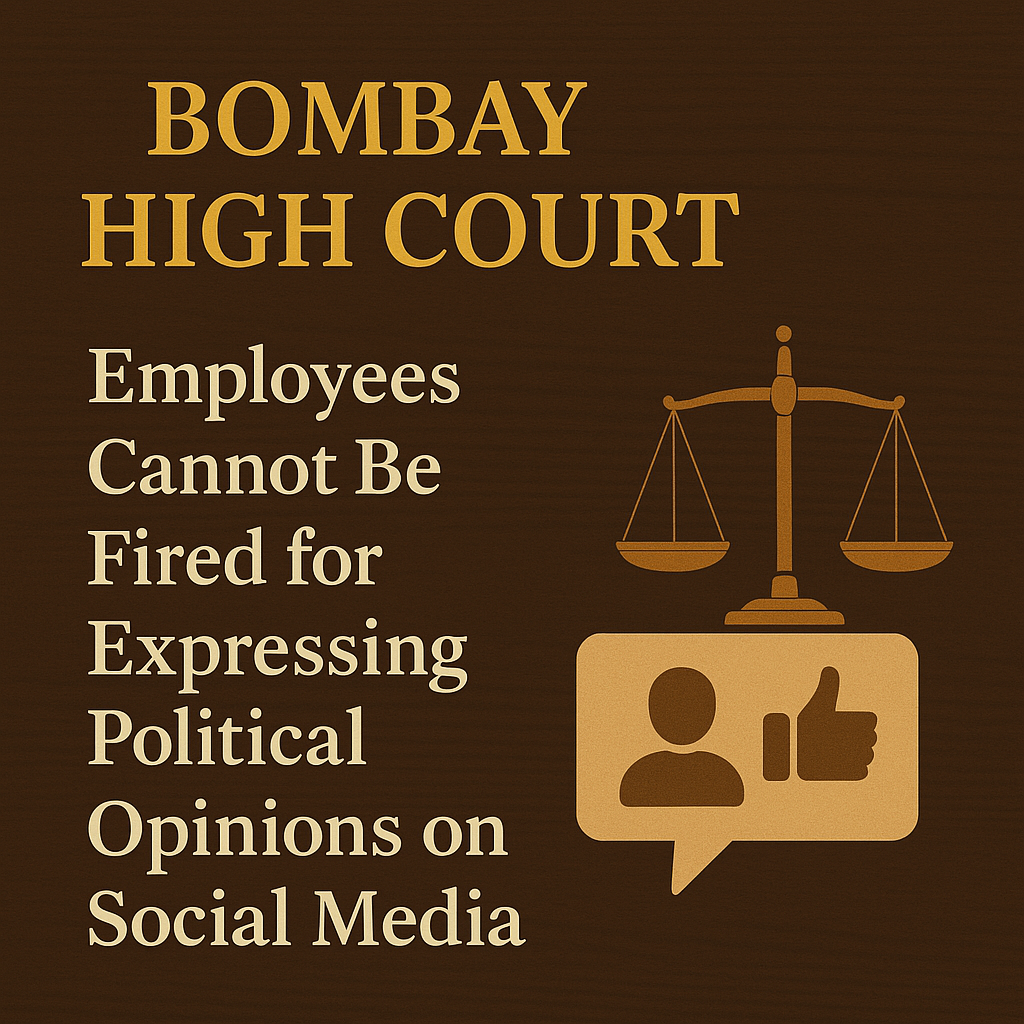



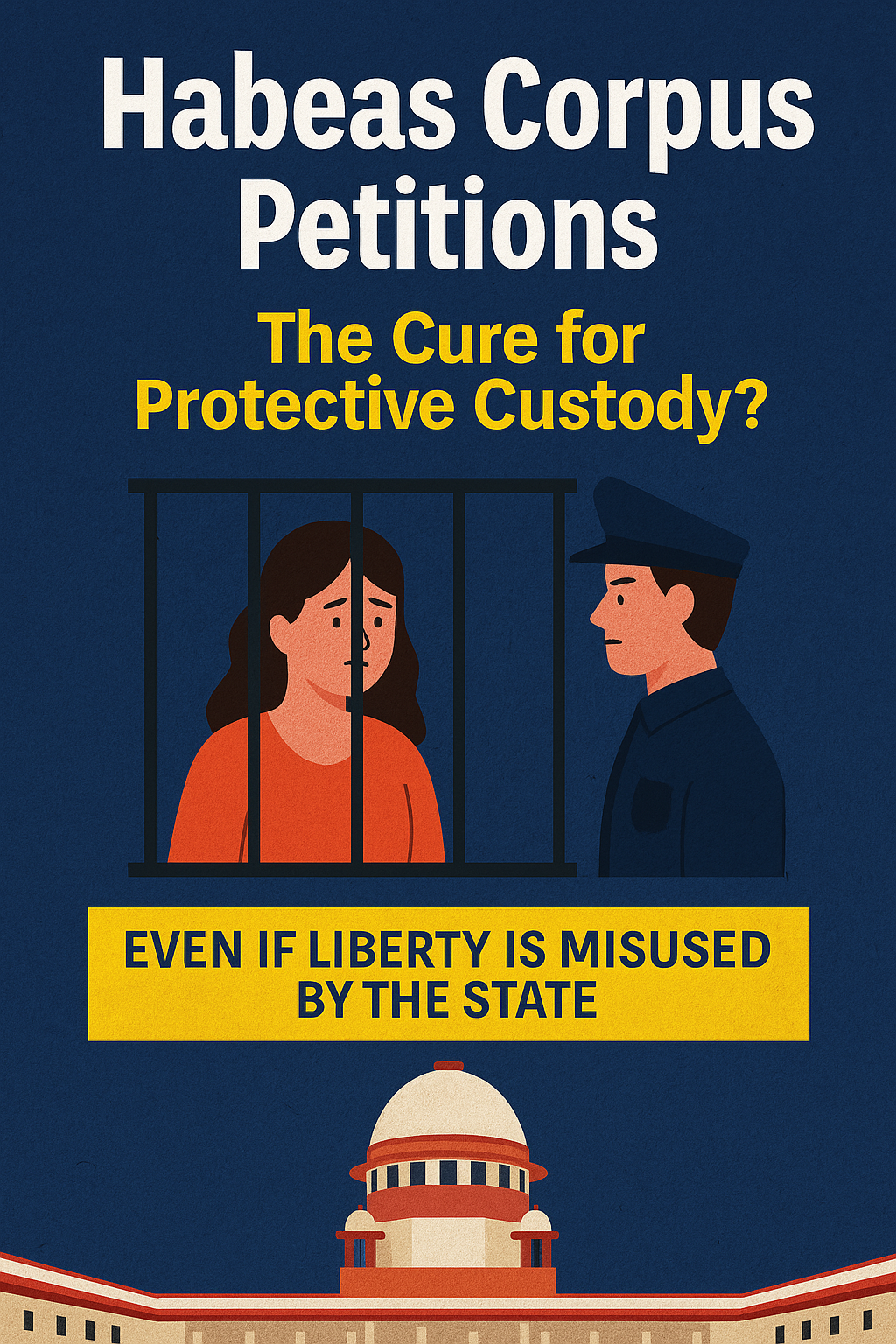
0 comments